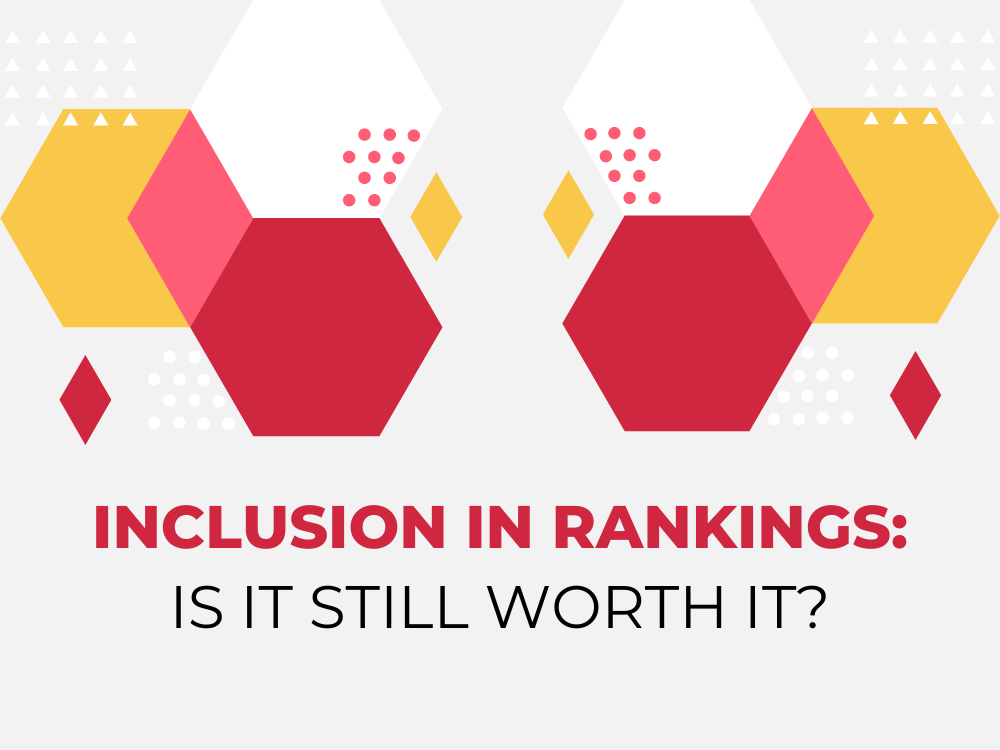By: Sharon Berman
Published: Rain Today
Does the term “multilevel marketing” conjure up images of people signing up their friends and relatives to sell cosmetics, jewelry, vitamins and household gear, with all the money flowing toward the top of a pyramid? If so, you will probably cringe if I suggest you become a multilevel marketer. But there is another definition of multilevel marketing that is much more relevant to professionals. It means marketing your services on multiple levels, concurrently in several realms.
Why is it necessary to do that? One reason is that marketing at multiple levels sustains your pipeline so you don’t run out of work. Because it can take a long time to convert a lead into a client, it’s important to keep prospects moving into and along the pipeline while you’re satisfying existing clients. A second reason for marketing at several levels is that marketing is a numbers game. Since an empty pipeline usually leads to panic-driven, poorly planned marketing efforts, it’s vital to generate leads continually to feed your pipeline. A third reason for marketing at multiple levels concurrently is that some business development projects take longer than others, and some are more important than others, but they all need to get done.
There are three main levels to consider in your marketing, and each of them has a few sublevels.
1. Marketing Based on Relationships and Degrees of Separation
Professionals often tell me that all their business comes from personal contacts and referrals. But isn’t that true of everyone? After all, every relationship begins with a personal contact, whether its source is a cold call or a referral. What really matters is what you do with the opportunity—how you nurture it and make it blossom. That’s where marketing on several levels comes in, specifically with regard to degrees of separation.
One degree of separation: current clients. I’m always surprised when I encounter lawyers, accountants, architects, and other professionals who believe that their marketing begins and ends with doing good work for current clients. Good work is a given—assuming the client knows what good work is—but it isn’t enough. It’s just as essential to build on your relationships with current clients, using maintenance and penetration marketing. This means taking advantage of every opportunity to solidify the relationship as you communicate with the client in the course of your work. Continually demonstrate that you have clients’ interests at heart. Keep educating them about the range of services you provide so they don’t pigeonhole you according to your current assignment.
In addition, identify other prospects within a current client’s business or firm and determine how to obtain an introduction. These could be individuals employed in another division or office at the client’s company, or even at the same location, who work on a different product or service line and may therefore require different services from you.
More degrees of separation: former clients, prospective clients, referral sources, influencers. While remembering the last person who visited your office is easy, a prospect with whom you had a terrific lunch may be hard-pressed to recall your name just a week later. That’s why it’s necessary to keep reminding people at more than one degree of separation—former clients, prospects, referral sources, influencers, etc.—who you are and what you do. Creating the top-of-mind awareness that makes them call you automatically when they have a need hinges on building relationships with these people so you can move them through the marketing pipeline, from prospect to client and potential referrer to actual referrer. Depending on their priority and the way they like to communicate, you can stay in touch through phone calls, email, direct mail, and social media.
2. Marketing on a Scope-of-Project Level
Some projects have a finite scope, such as developing a template for an email blast. You can jump on it, get it done, and cross it off your list. Then there are longer, more complex projects on which you can work concurrently at a different level. An example might be championing the development of your firm’s customer relationship management system, which may involve encouraging your professionals to cull through stacks of business cards they have stashed in their desk drawers. The project might involve a series of meetings with department heads, IT and marketing to evaluate new CRM software or modify your current technology. While you’re moving such a challenging project along, you can keep your marketing going on several other levels, keeping shorter-term projects progressing simultaneously.
3. Marketing on a Priority Level
Some marketing actions can’t wait until tomorrow if they are to produce value. For example, today’s success may warrant a press release, and it needs to be done quickly or the news will get stale.
At a secondary priority level are finite events coming up on your calendar. While they are not priority one, it’s important to think about them ahead of time in order to maximize your ROI. For example, if you’re scheduled to exhibit at a trade show or speak at a conference, capitalizing on that opportunity involves planning ahead, developing a timeline, and assigning responsibility for tasks, although you don’t need to do everything today.
At a third priority level are aspects of marketing that may not rise readily to the surface but are nonetheless very important. For instance, you may have a goal to be seen as the expert in a burgeoning area, but you don’t quite know how to tie the pieces together. These projects usually require more research or simply time to consider and let ideas percolate, but they can’t be ignored.
At yet another level are ongoing marketing initiatives. Examples are networking, adding content to your website, blogging, and participating on LinkedIn, Facebook, and Twitter. As you deal with more urgent matters, it can be tempting to put off lower priority items until everything else is complete, but then they will never get done and you will miss out on one of your marketing levels.
Organization Matters
Like it or not, if you want to grow your practice or firm, you need to become a multilevel marketer. While you won’t have to organize parties to sell cookware or cleaning products, you do need to “sell” you and your firm, and it needs to be done on many levels to keep your business thriving.
Sharon Berman is principal of Berbay Marketing & PR, a marketing consulting firm specializing in working with professional services firms. She can be reached at berman@berbay.com.


